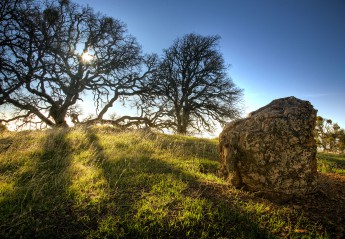by David Rose. [unpaywalled version here]
The aim of this paper is to sketch some possible correlations between phases in the development of languages in Australia, and phases in the archaeological record of people in the continent. The technique is to compare Australian language groupings, at the scales of phylum, family, group, language and dialect, with events in the climatic and archaeological history of the continent. The emerging historical account is also correlated with other evidence from linguistics, anthropology and mythology, to identify four broad historical phases associated with expansions and contractions of resources and human populations. Universalist maxims about rates of language and cultural change are challenged by these data, suggesting that rates of change in Australia may have been considerably slower than rates in Europe, where such maxims originate. It is argued that this gradual change is more consistent with Aboriginal communities’ own accounts of their histories.
